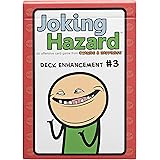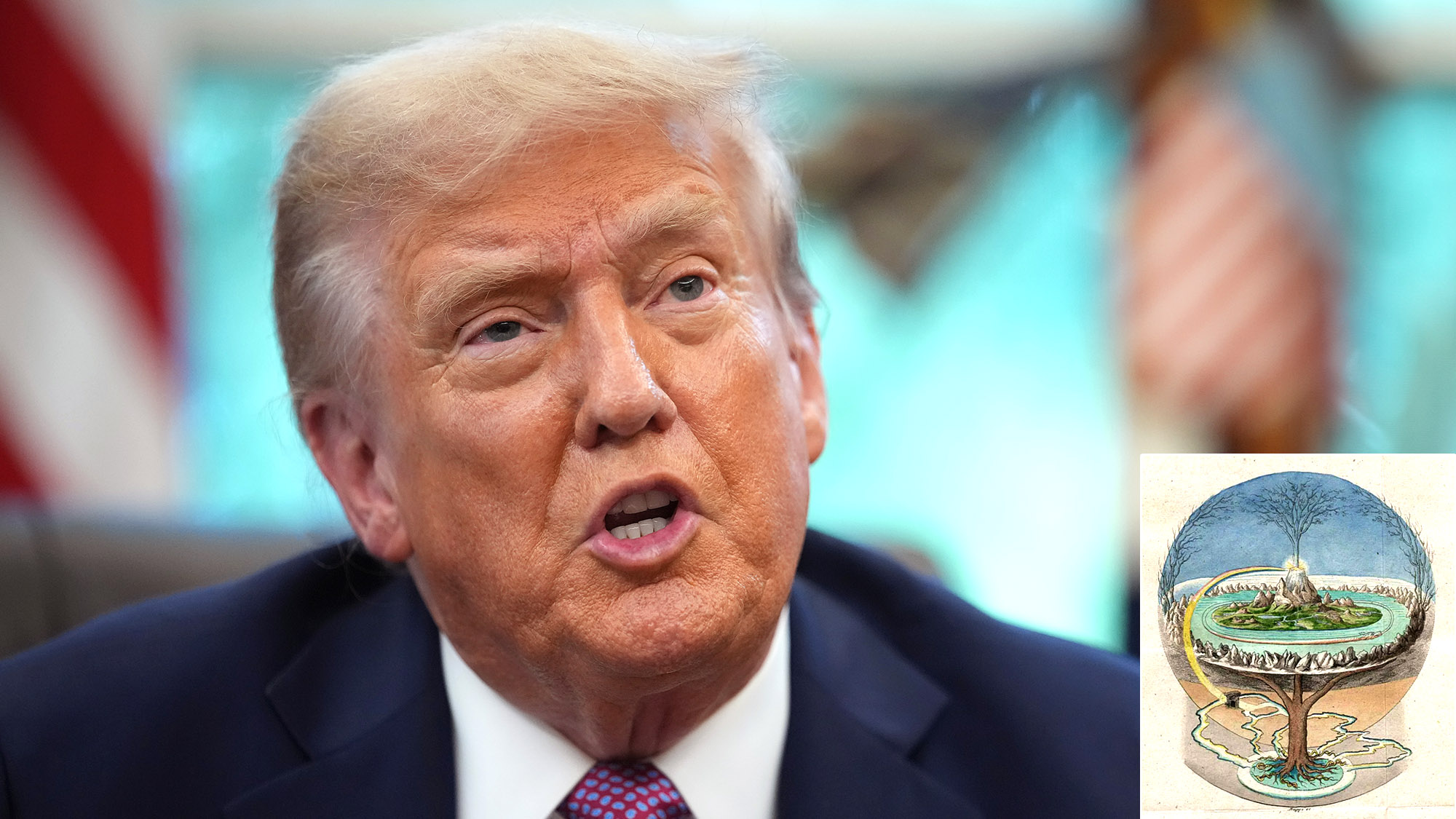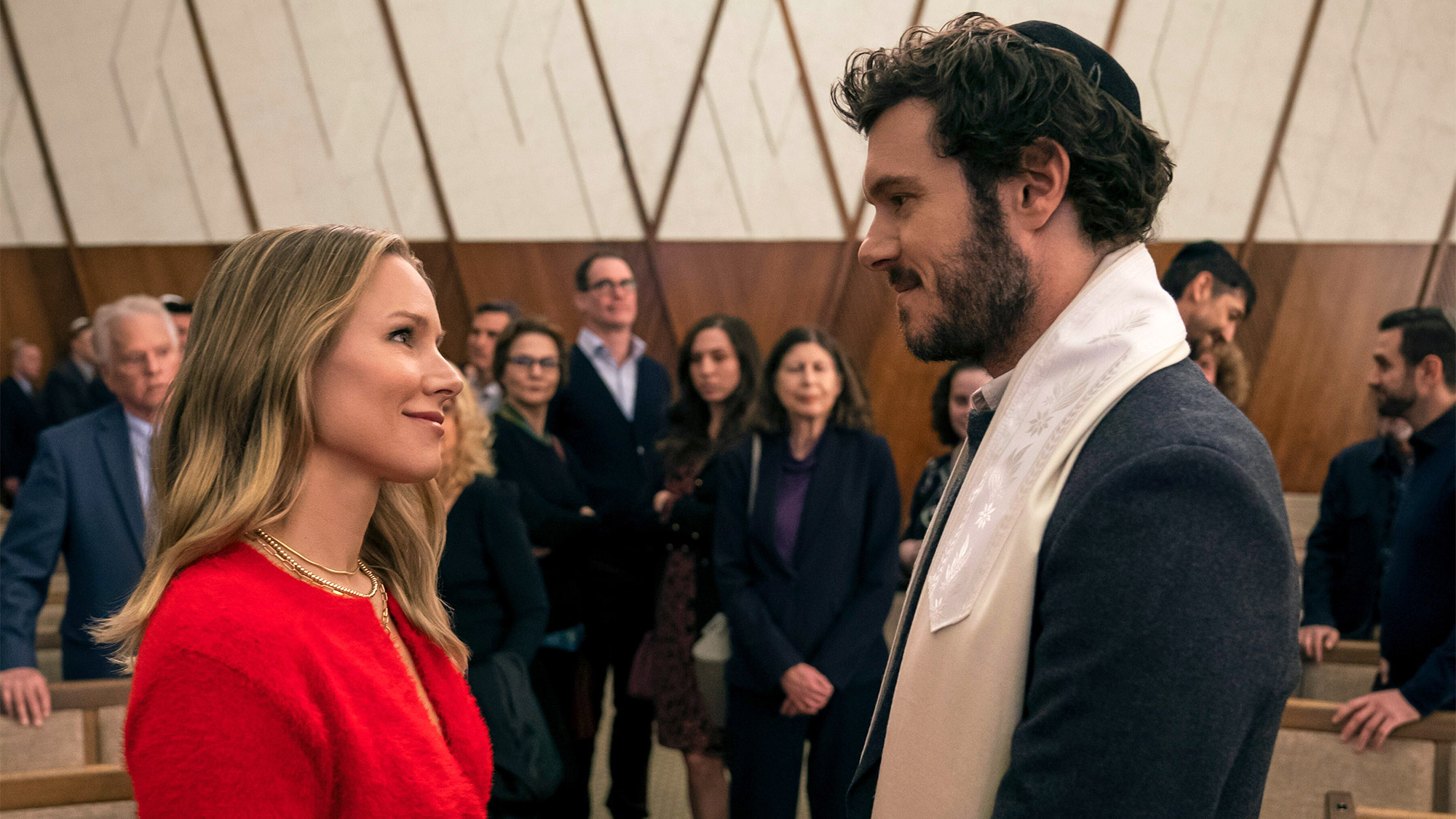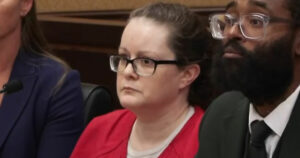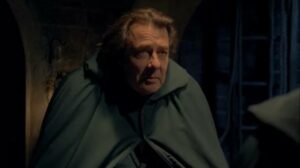Inside the Surprising Moment Mr. Rogers Confronted Cold War Fears with a Lesson on Nuclear Threats
–>
Of course, no mushroom clouds envelop the Neighborhood of Make-Believe, and none of the puppets suffers the devastating effects of radiation poisoning. Rogers wasn’t even claiming the story was necessarily about war, but the prevention of it.
“This show gives us a chance to talk about war, and about how it’s essential that people learn to deal with their feelings and to talk about things and resolve conflicts,” he said.
Fallout from “Conflict”
The episodes sparked conversation in classrooms, where some teachers used the footage to broach the subject. At an elementary school in Venetia, Pennsylvania, students in a third-grade social studies class discussed the consequences of war. “No water” was one response. “Injuries” was another.

Unlike The Day After, which one psychiatrist declared inappropriate for children under 12, Rogers proved it was possible to provoke conversation without rattling any nerves.
Following their initial run in 1983, the five-part “Conflict” episodes have never been repeated. The close of the 1980s saw a reduction in concerns over nuclear attacks, and it’s possible producers of Mister Rogers’ Neighborhood regarded the shows as dated.
They resurfaced briefly on YouTube in 2017 before vanishing. Like The Day After, the shows are an interesting time capsule of an era when the fear of devastating conflict was palpable. For a number of kids who experienced that concern, Mr. Rogers helped frame it in a way they could understand.
“I don’t want this to be a frightening thing,” Rogers said. “I want children to know that war is something we can talk about. Whatever is mentionable is manageable.”
Discover More Stories from the Cold War:
A version of this story was published in 2018; it has been updated for 2025.


